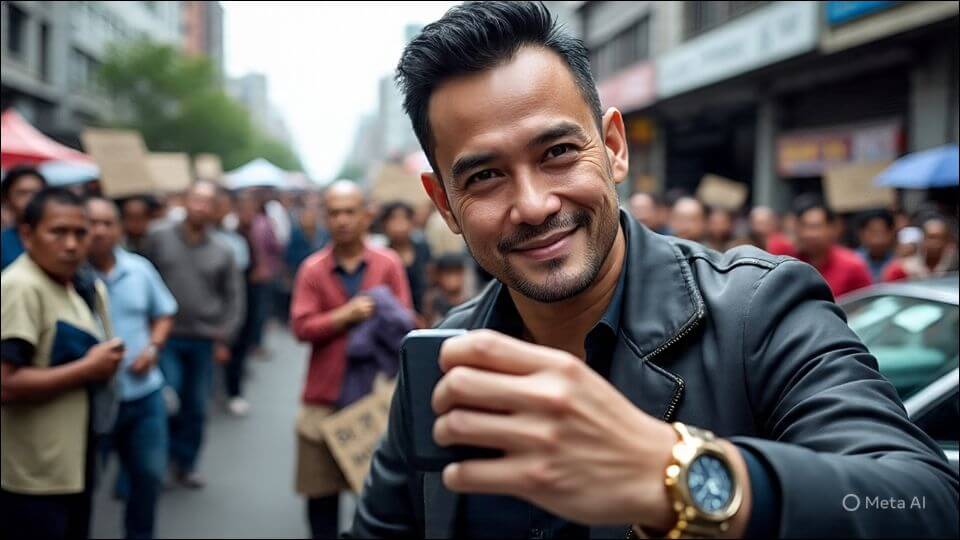How Filipino hunger, humor, and human context challenge the cold logic of artificial intelligence
AI can optimize rice distribution. It can forecast typhoons. It can even write a speech about poverty that sounds sincere.
But it still can’t feel gutom (hunger).
It doesn’t know the ache of an empty stomach at 4 PM. It doesn’t know the panic of a mother counting coins before school. It doesn’t know the quiet shame of asking for “pautang” again.
And yet, AI is being asked to design our future—our food systems, our education, our healthcare, our livelihoods.
That’s not just ironic. It’s dangerous.
🧠 The Cold Logic of Optimization
AI is brilliant at patterns. It sees trends, predicts outcomes, and recommends actions based on probability.
But gutom isn’t a probability. It’s a reality.
And as explored in The Politics of Poverty, poverty in the Philippines isn’t just a lack of resources—it’s a system of design. A system that rewards dependence, punishes initiative, and turns “ayuda” into political theater.
AI, if left unchecked, risks becoming another manager of misery. Efficient. Impressive. But emotionally blind.
🌾 Hunger as Intelligence
Filipinos don’t just survive gutom. We innovate through it.
- A vendor turns leftover ingredients into a new product.
- A student studies under a streetlamp and still tops the exam.
- A farmer hacks his own irrigation system using recycled parts.
This isn’t desperation. It’s diskarte. It’s lived intelligence.
And as outlined in Value Chain Poverty Alleviation, real solutions come from empowering these micro-innovations—not replacing them with imported tech that assumes privilege.
🇵🇭 The 5th P: Purpose
We’ve heard of the 4 Ps—price, product, place, promotion. But as argued in End Poverty with the 5th P: Purpose, what’s missing is intention.
AI can’t feel gutom. But it can be guided by purpose. By human context. By Filipino realities.
Purpose means designing with—not for. It means asking: – Who benefits? – Who’s left behind? – Who gets to define “smart”?
Because if AI is just another tool for control, then gutom will remain a feature—not a flaw.
🧒 Explain Like I’m 12
Imagine a robot is planning your lunch. It knows the calories, the price, the logistics. But it doesn’t know you haven’t eaten since yesterday. It doesn’t know your family shares one meal. It doesn’t know what gutom feels like.
That’s the problem.
🪩 Final Thought: Gutom Is Not a Data Point
AI can’t feel gutom. But Filipinos turn it into strategy, creativity, and quiet brilliance.
So if we want a truly smart future, we need more than algorithms. We need empathy. We need purpose. We need to listen to the ones who’ve lived the hunger—not just studied it.
Because gutom isn’t just a problem to solve. It’s a wisdom to honor.







